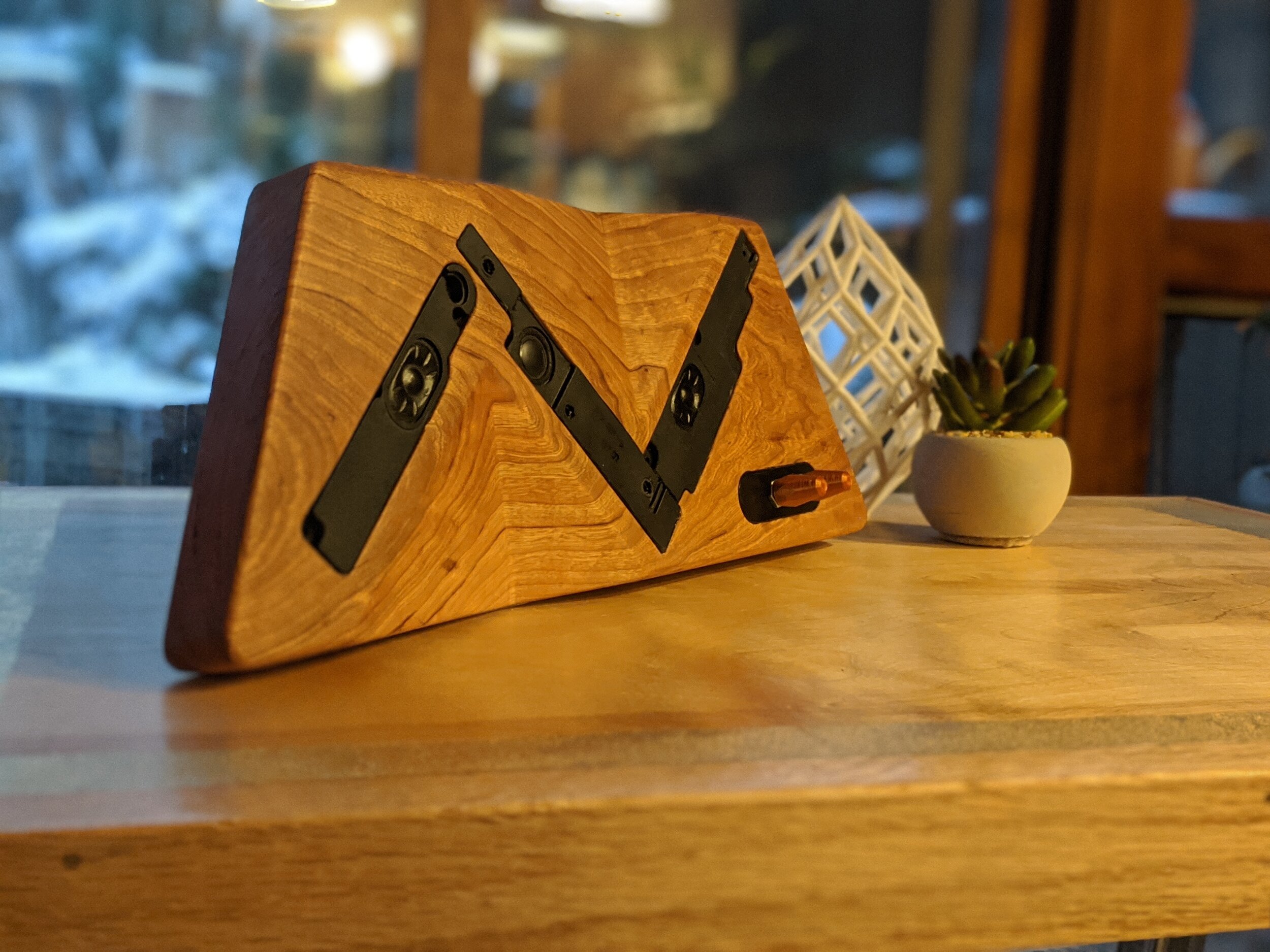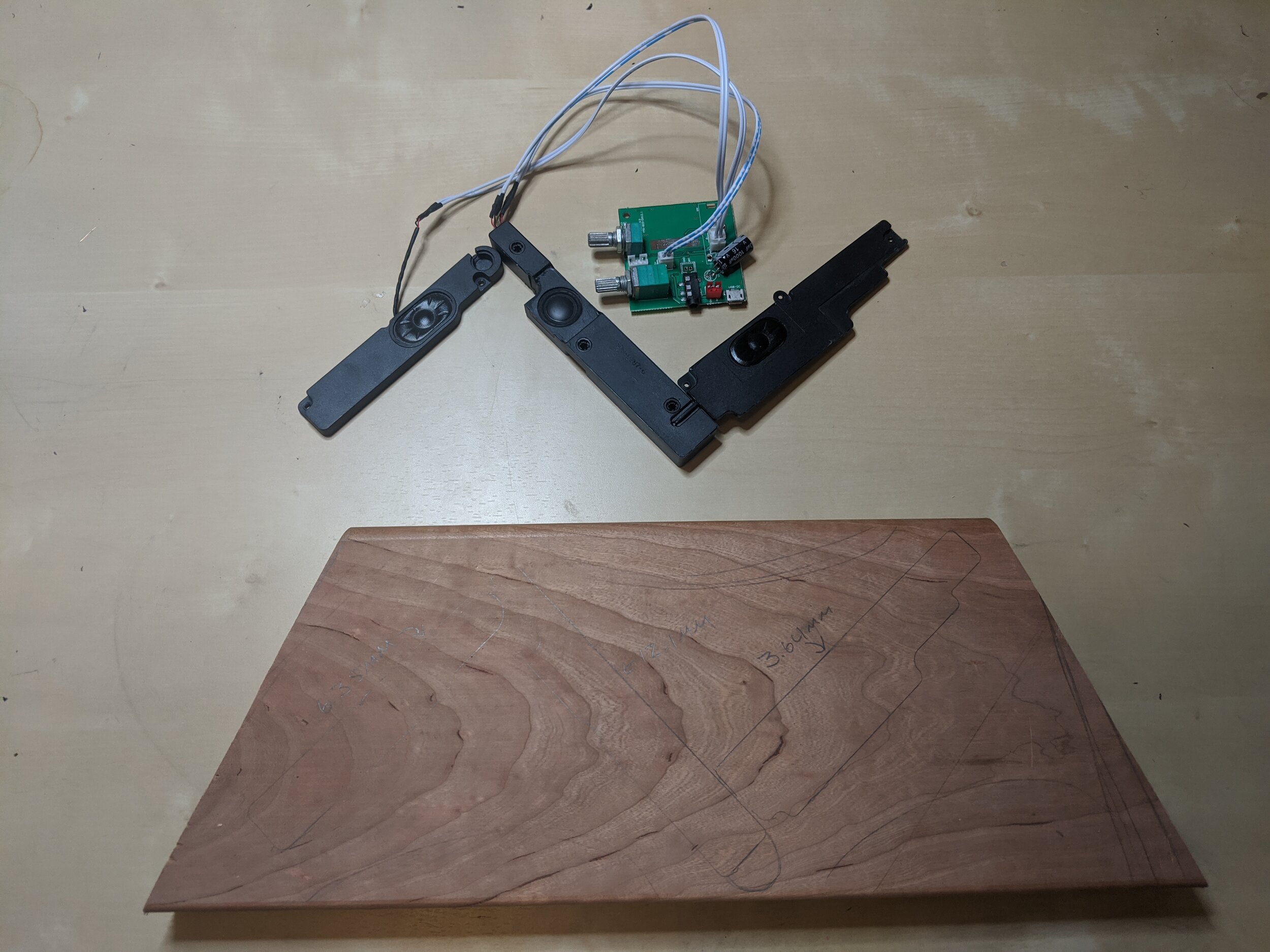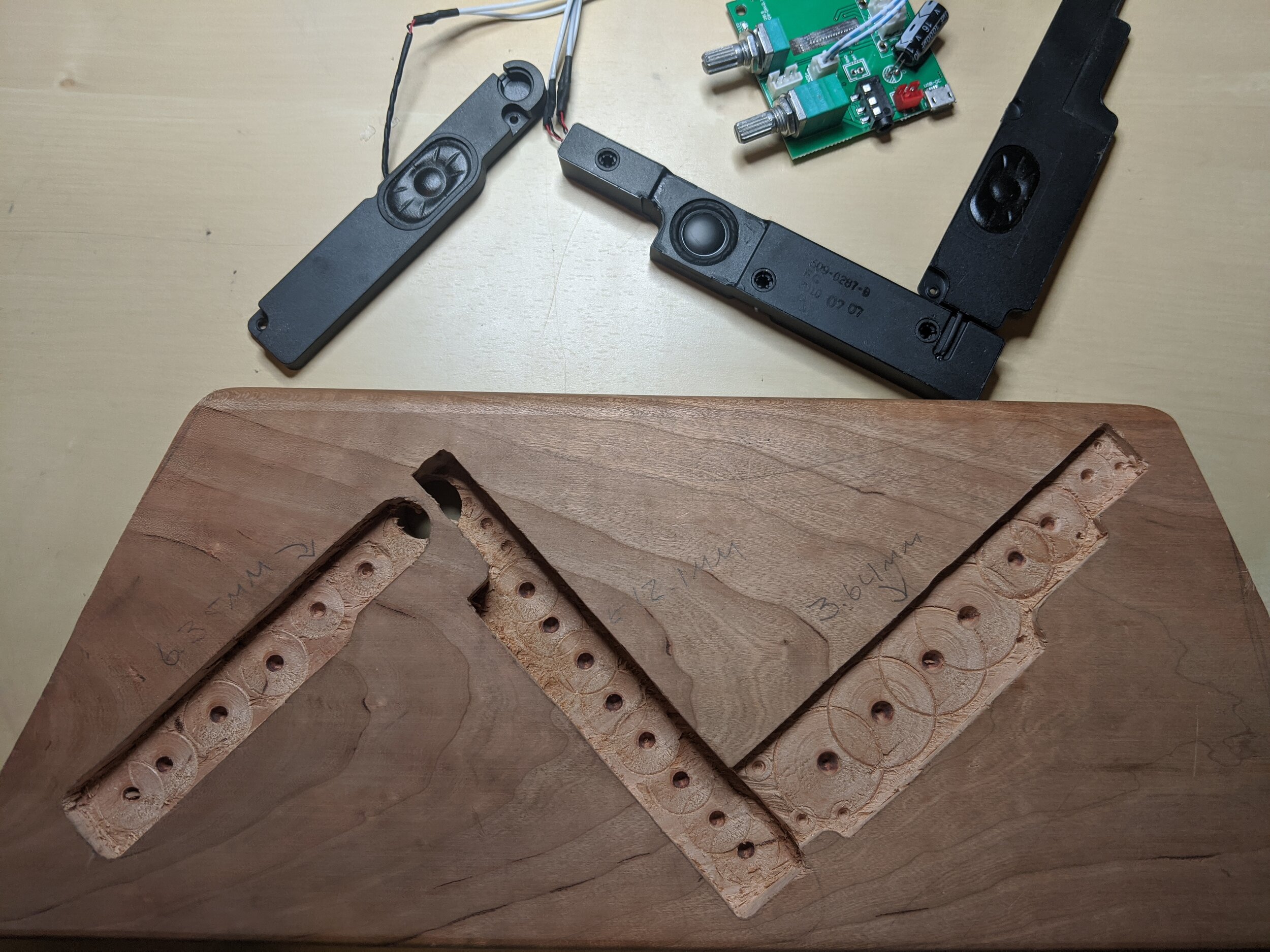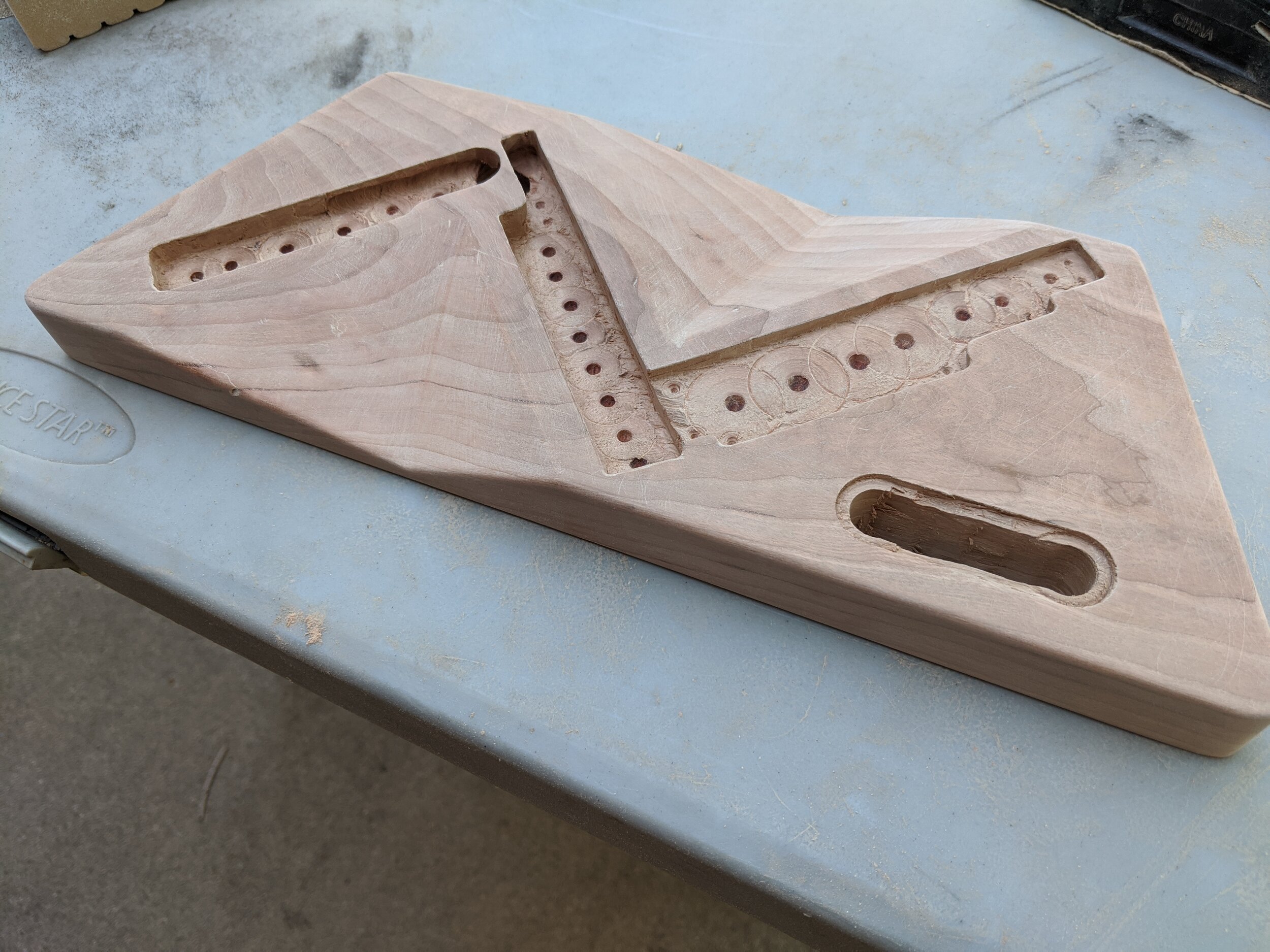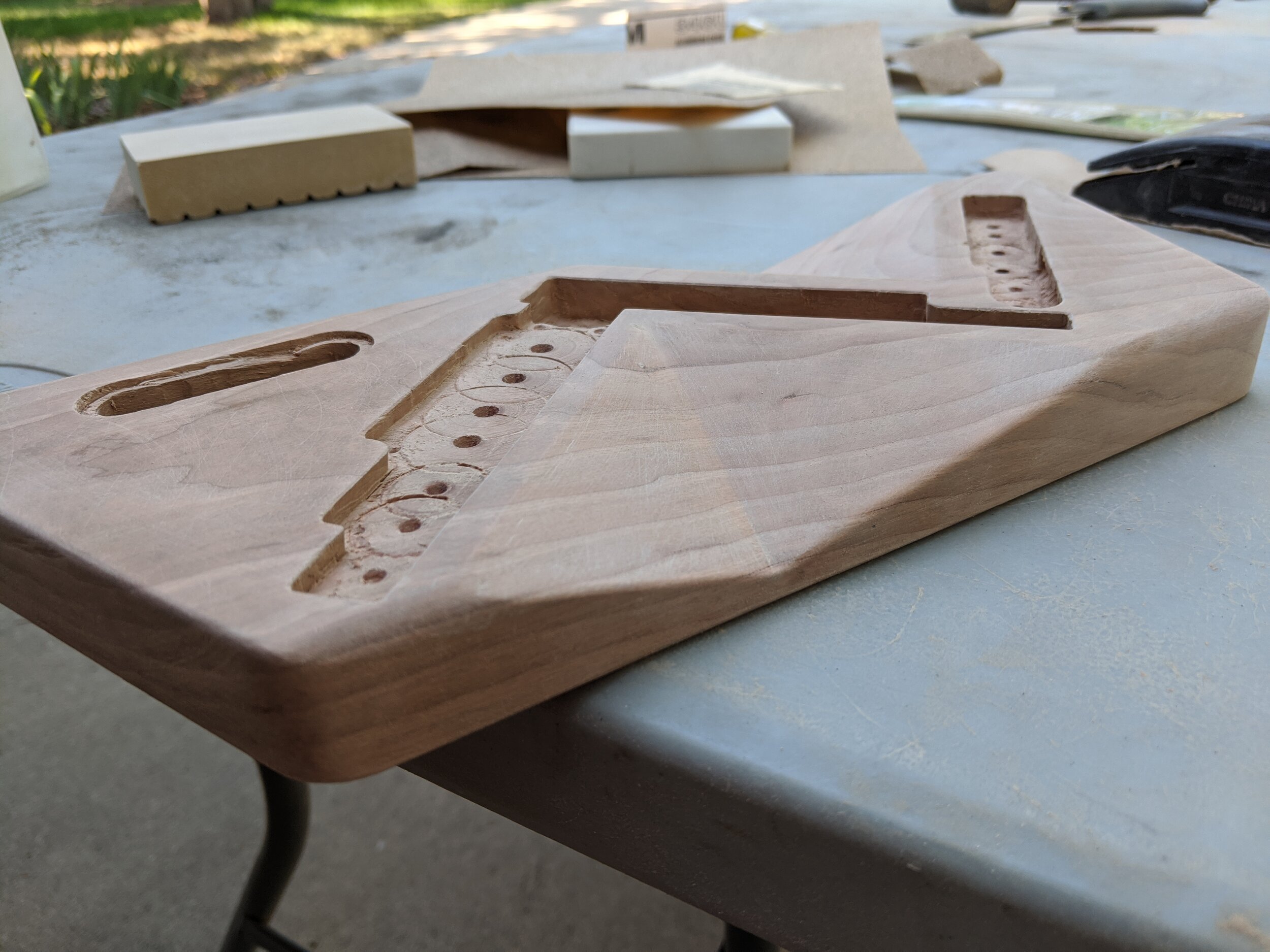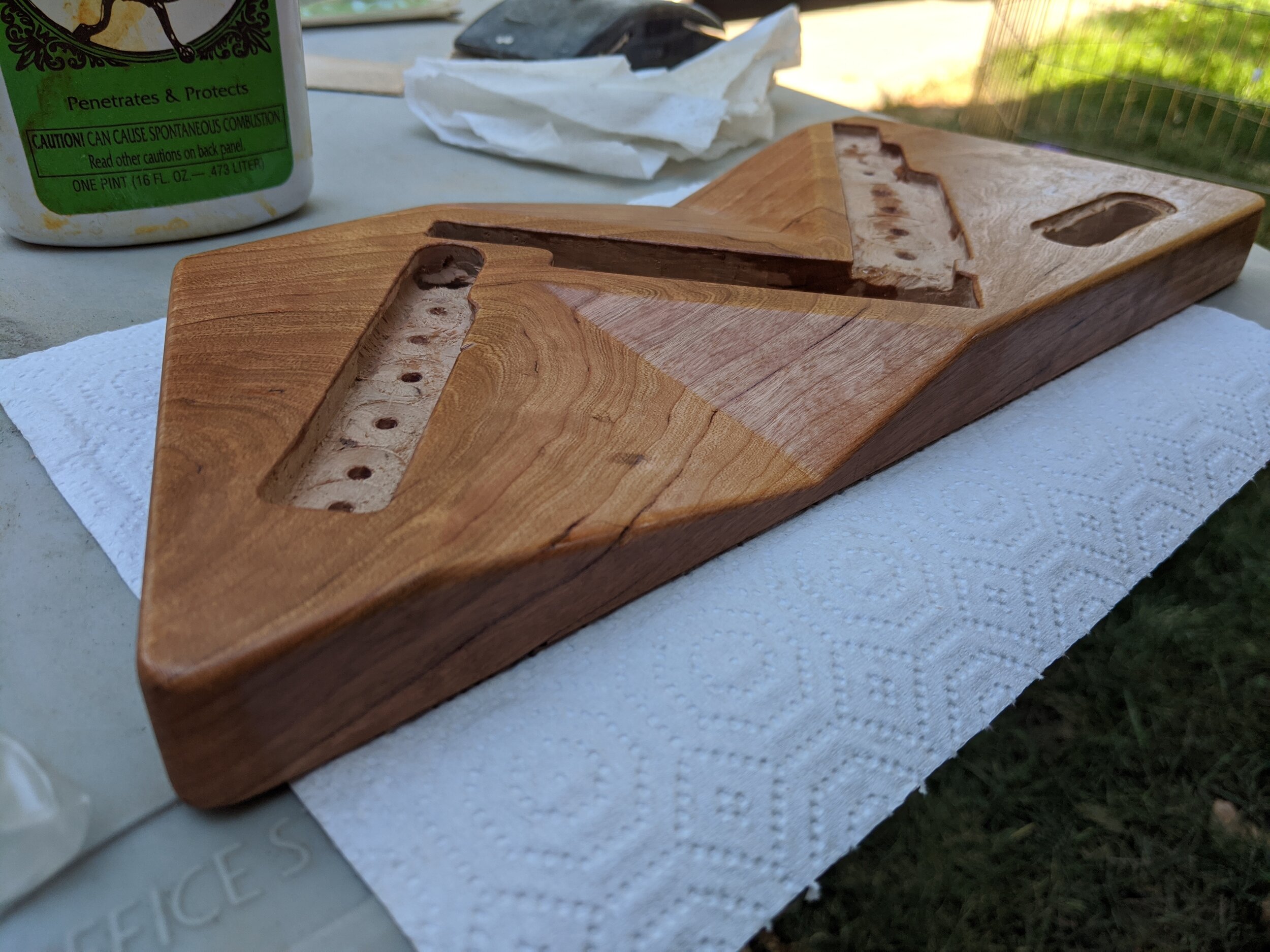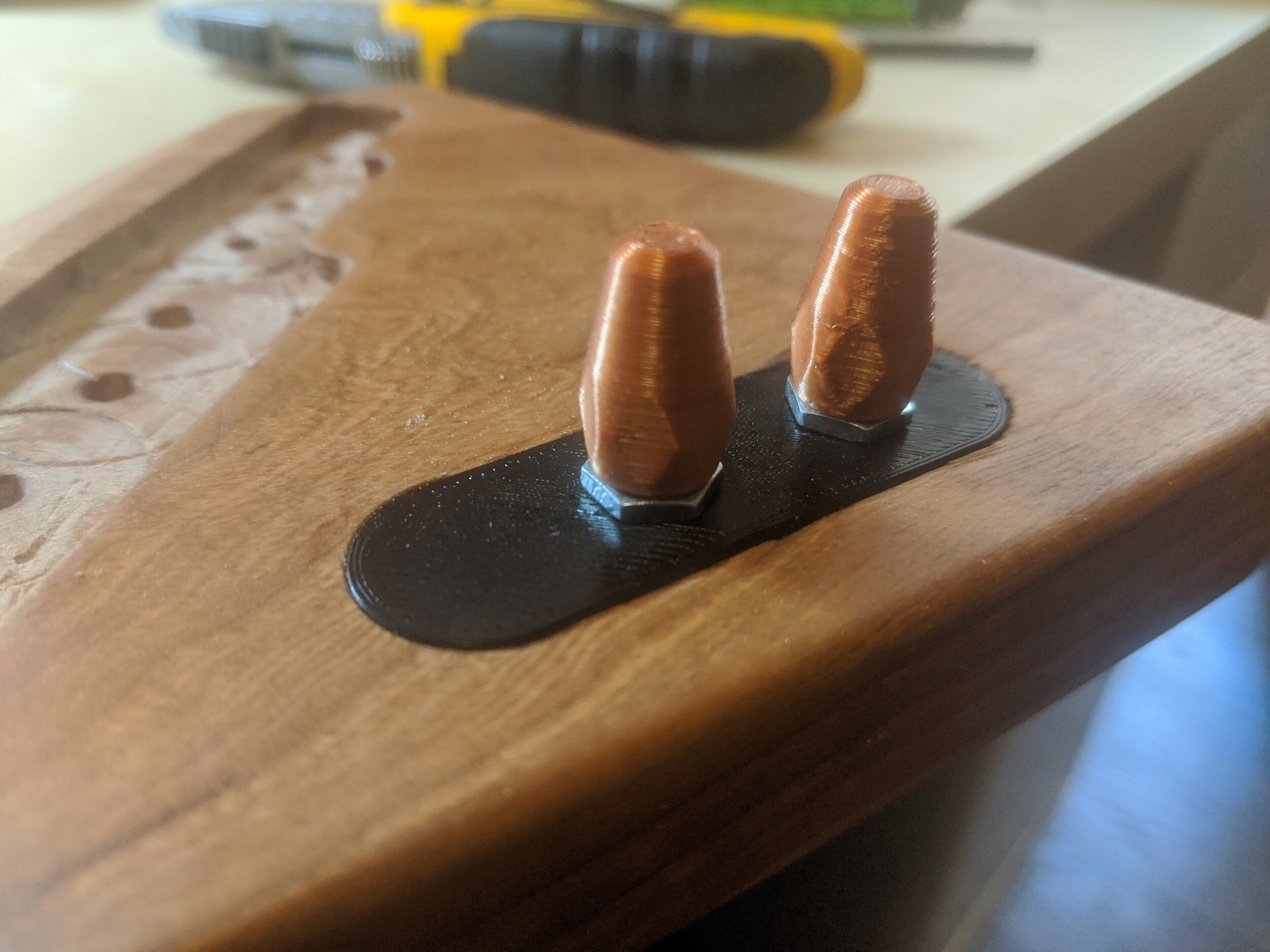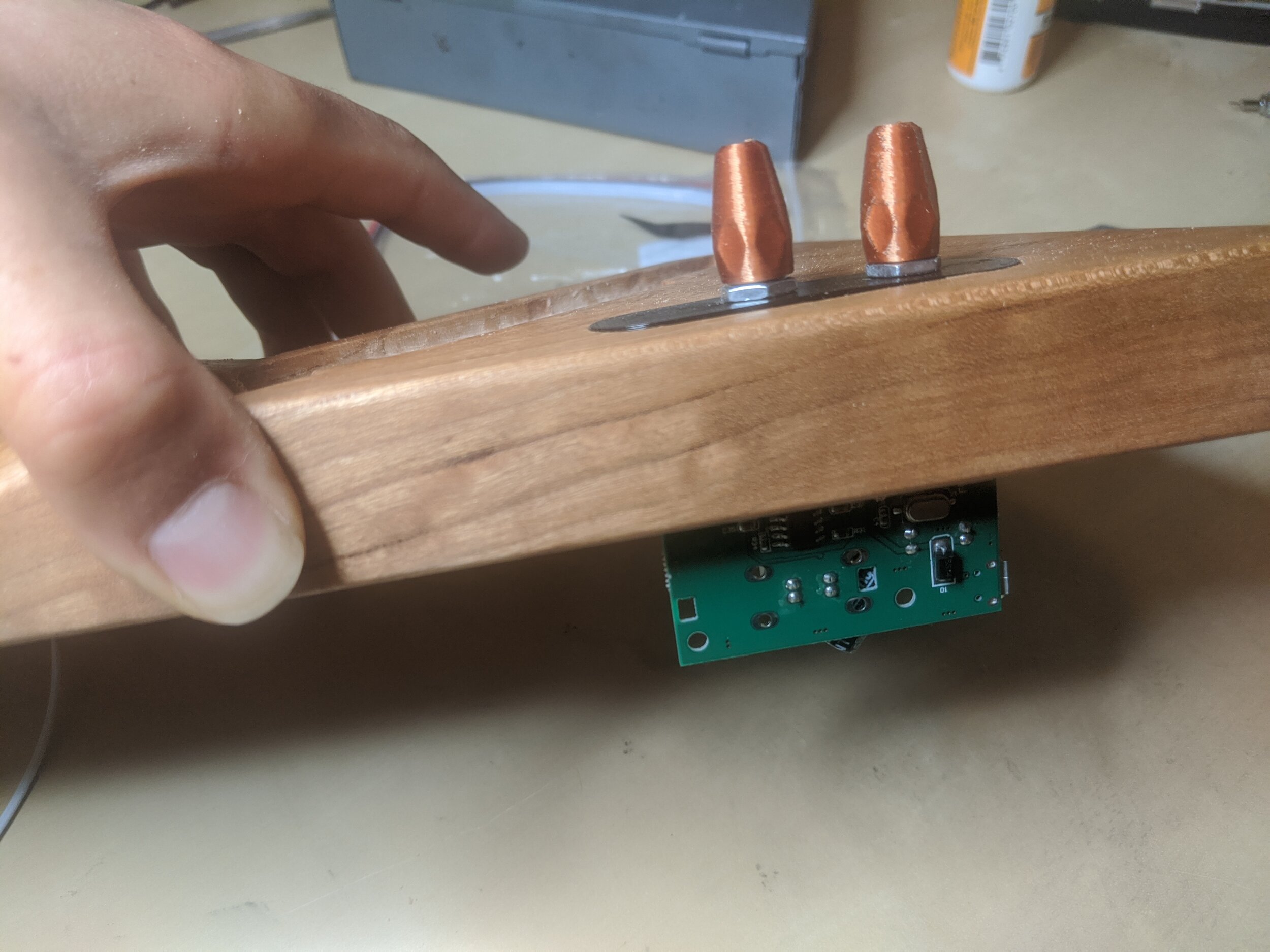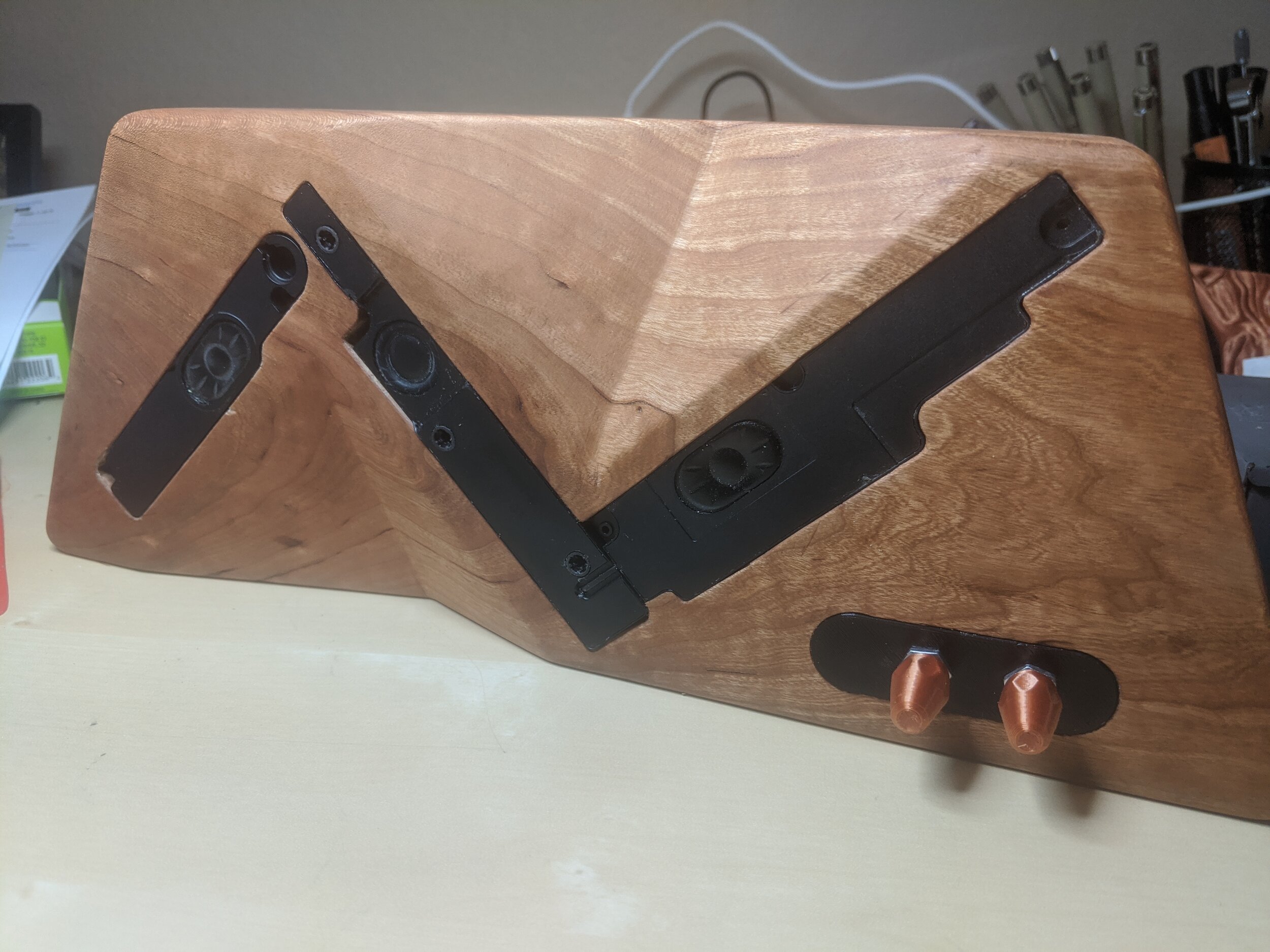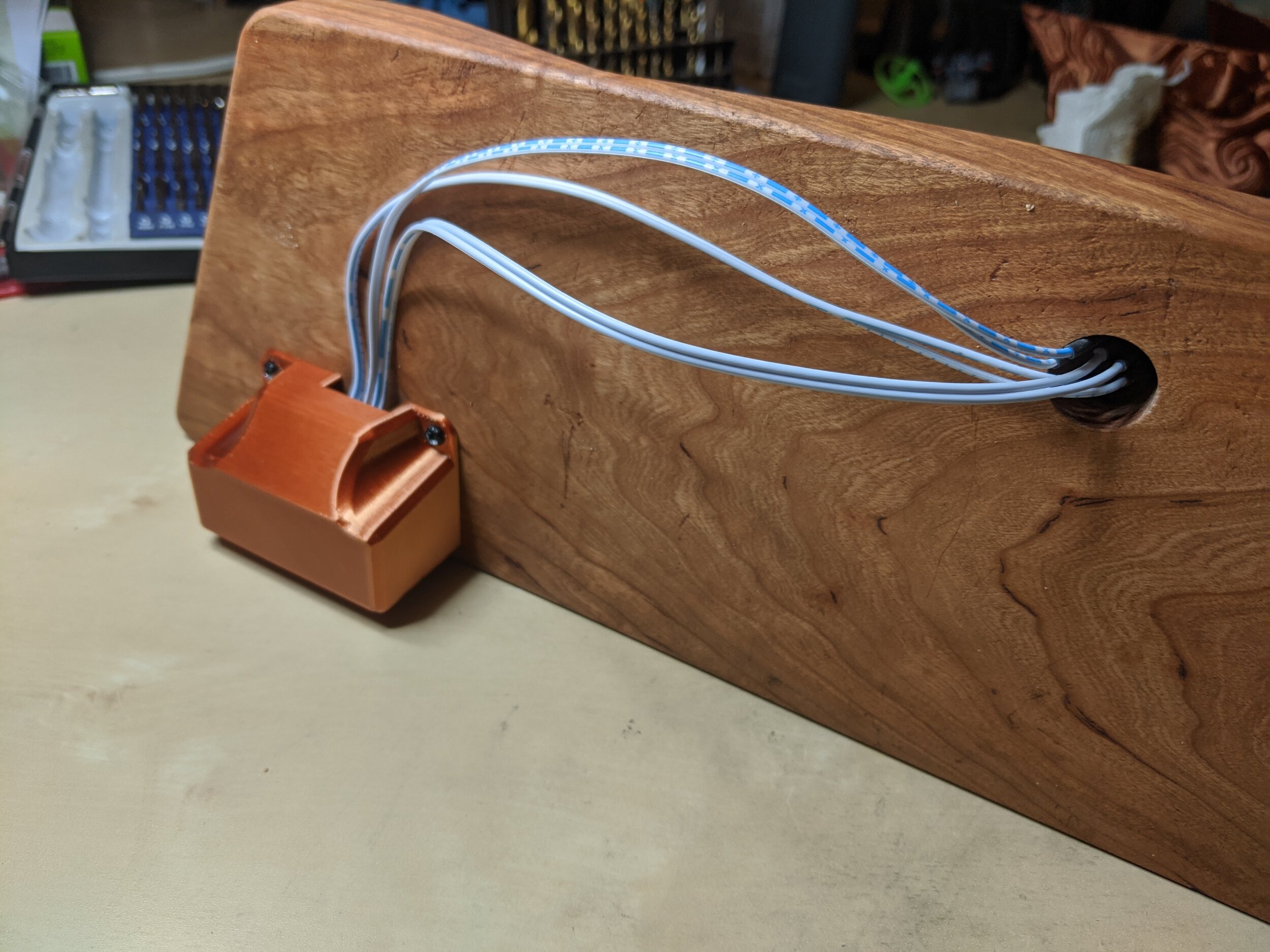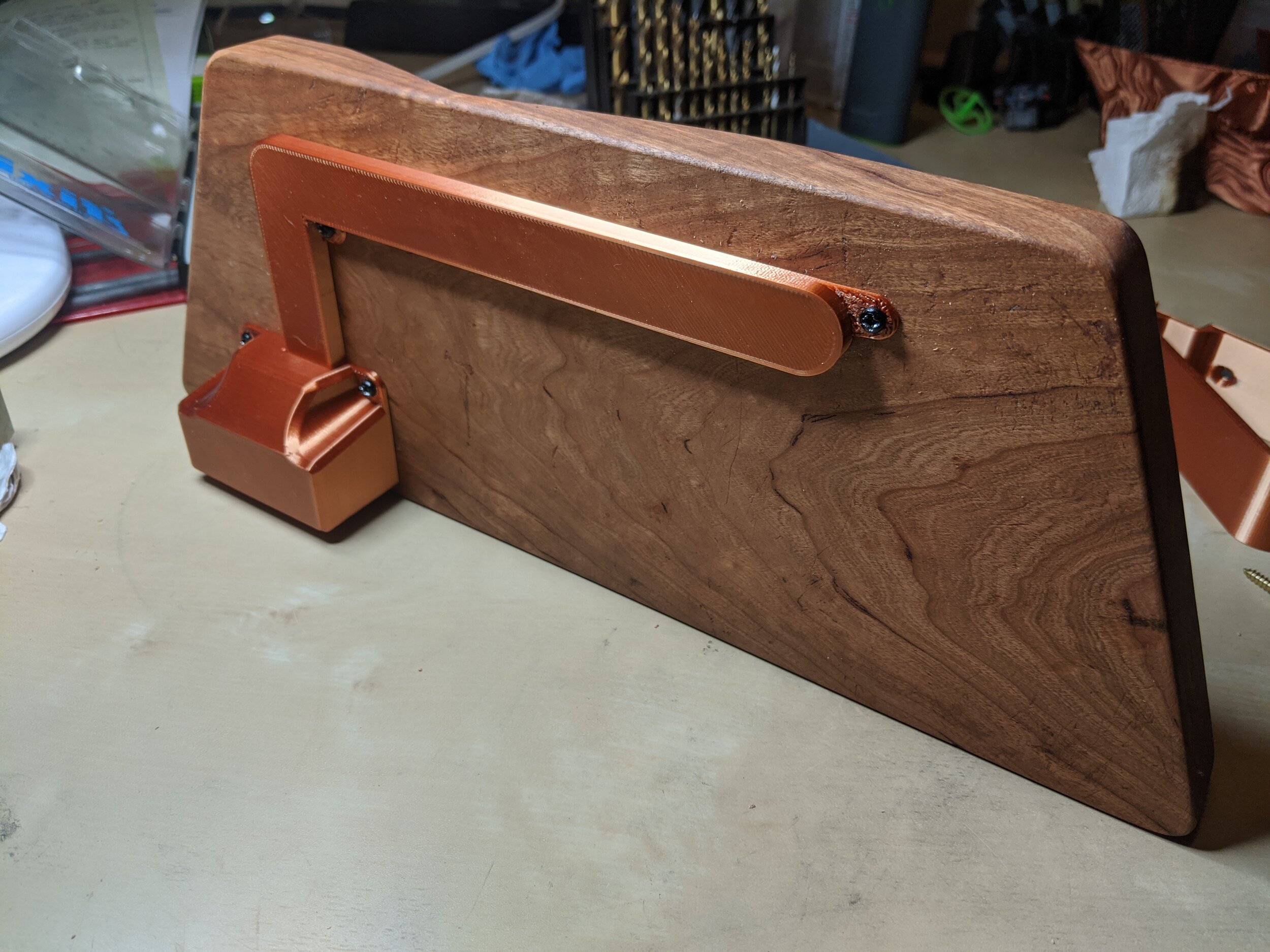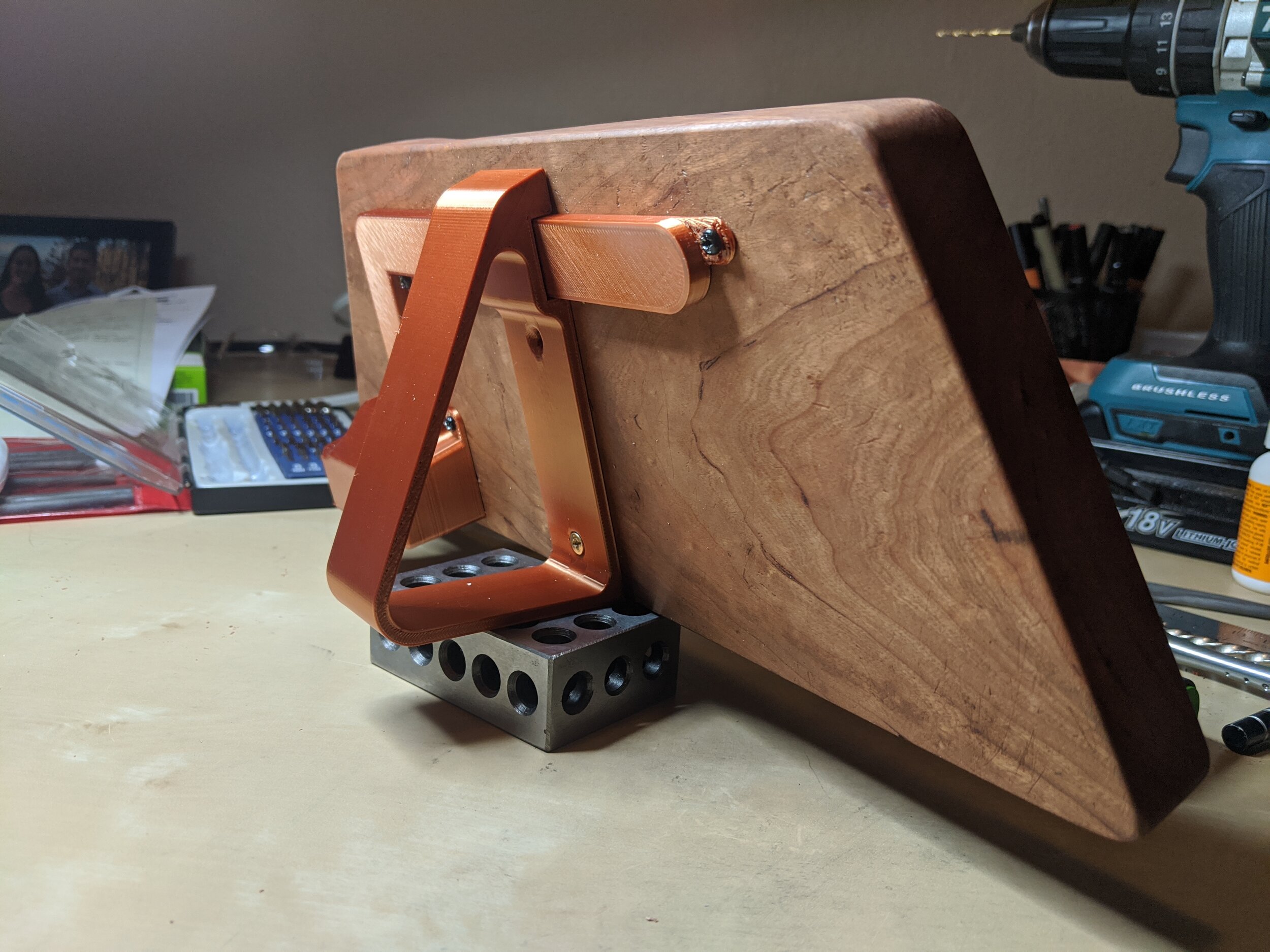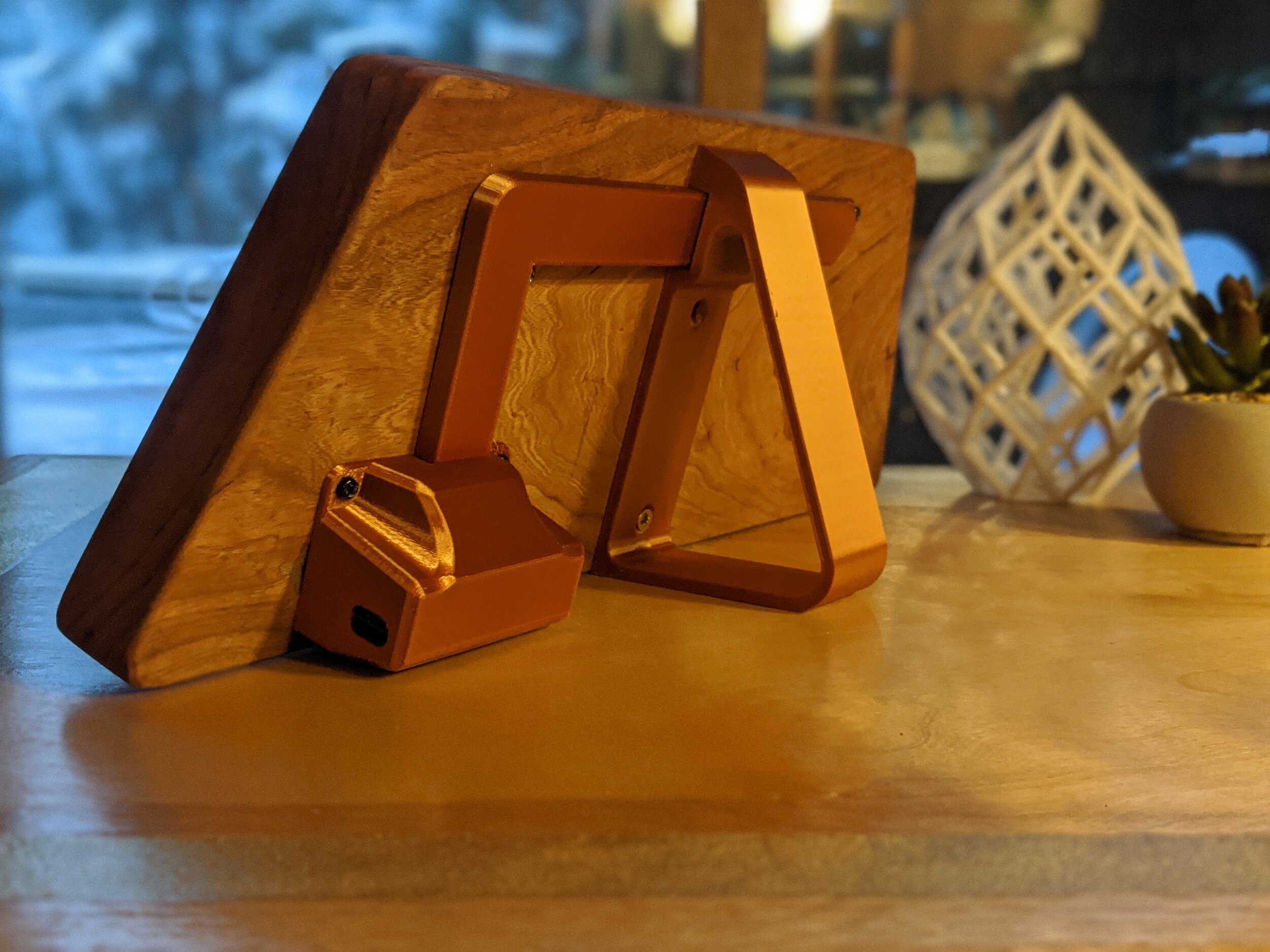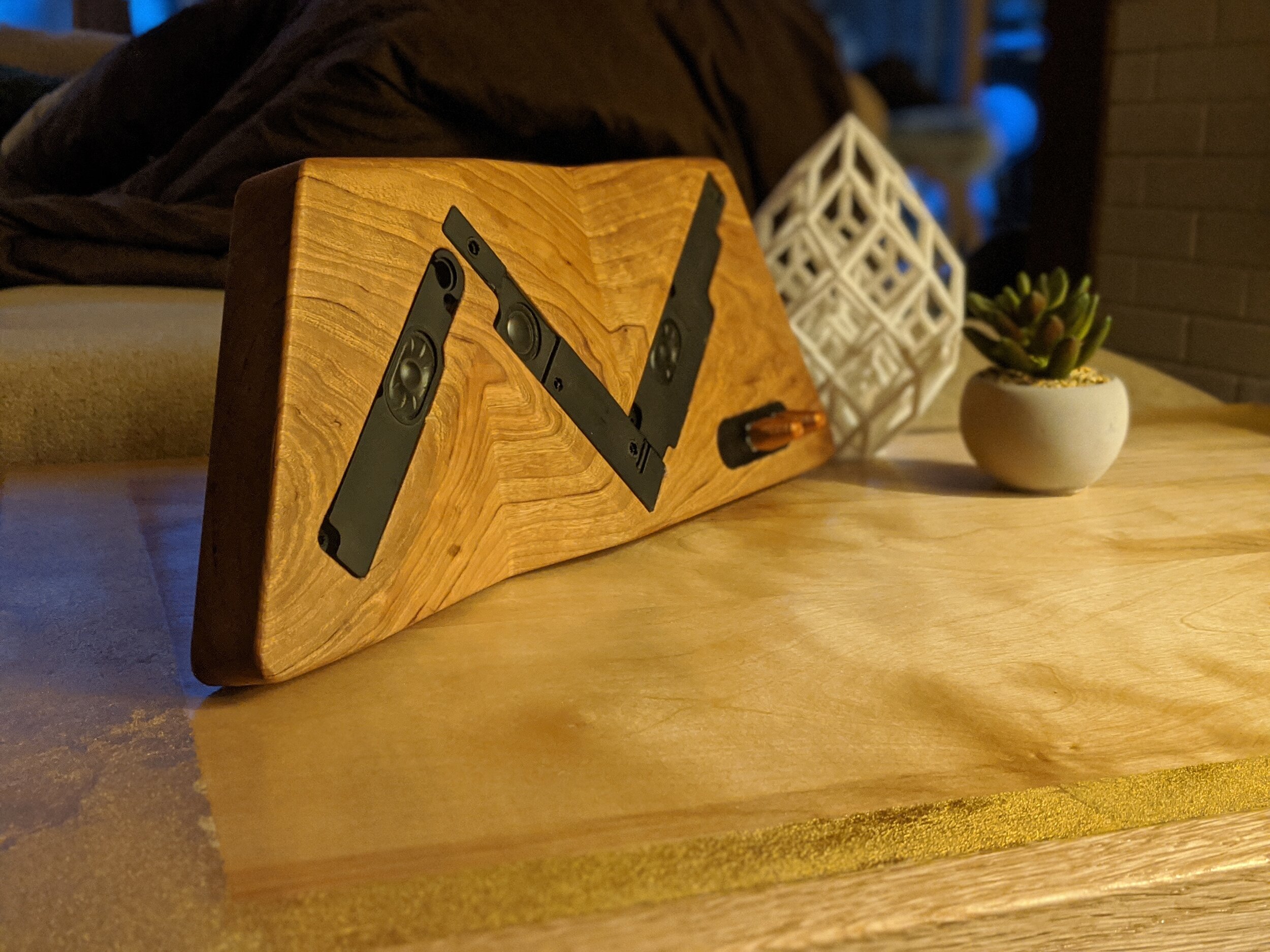Recycling, Upcycling, and Energy
For the better part of five years, I’ve been struggling to reconcile my love for the design and creation of new things with the at-this-point undeniable harm we are causing to our planet’s resources and ecosystems. With the growing frequency of serious global afflictions -- Covid-19, wildfires, tropical storms, and more -- I’ve been having a crisis of conscience: Have I been helping to perpetuate the machine of consumerism and furthering the unchecked resource use (which is a major driver behind all of the aforementioned crises) by designing consumer goods that improve lives only marginally?
Fundamentally I am an optimist and believe that human ingenuity can prevail against many of the problems we face as a species. For the most part I believe in creating progressive solutions, as opposed to regressive ones. I think the realities of human psychology make it easier to adopt new ideas or technologies, rather than revert back to old ones. For example, the idea of a fleet of networked autonomous vehicles whisking us away on whatever errand is far more enticing than the idea of eliminating automobiles and favoring bikes or rickshaws or somesuch. I recognize that there might be other factors to consider in this example, like the improved physical and mental health of the population, but for the sake of argument, let’s keep things simple. I suppose my point is that I have a strong tendency to imagine a bright and shiny utopic future as opposed to some scene from yester-year.
My tendency to imagine the optimistic and new has been around since I was a child. It exhibited itself in my preferences for objects with a high degree of polish. I always wanted the new, factory-fresh toys. Hand-me-downs and used items were simply “not as good” to my younger self. And to some extent I still feel this way. I can still find myself unconsciously gravitating toward the new technology or product sometimes. But lately I’ve also begun to appreciate some of the older, well worn objects. In the past, I saw patina as a flaw, but I’ve gradually come to find a beauty in it. To me, the dirt in the hard-to-reach places, and the artifacts of repair express the history of the object, and the value it provided to a person. It is an expression of the care a user had for the object when they decided to wipe it down and freshen it up, as opposed to throw it away. To me, these sorts of markings imbue the object with some soul that is really and truly beautiful. Especially in this age of dispose-and-replace, the signs that an object was respected and cared for by someone become even more special when I see them.
As a result of opening my eyes to this form of beauty, I have begun to take joy in giving new life to old things. I find that the pleasure I get from finding a used object and giving it another life is much more subtle than the immediate dopamine hit of buying the newest and best thing, but that pleasure is far, far more profound.
At this point I don’t think I have a point to make with all of this -- I just wanted to share my musings. Ultimately I would love for our habits of creating, producing, and consuming to include some consideration toward the longevity of life on this planet. I would love for there to be a paradigm shift in the fundamental principles of our economy. But I feel utterly under equipped to make a meaningful dent in those areas. For now, I am exploring how I can use my design skills toward giving already-made things new life. It feels like an insubstantial endeavor, but perhaps it will inspire some more people to think about the way they consume.
I have an ask for anyone reading: I’m very interested to learn more about the energy requirements associated with repurposing, reusing, and upcycling already-made items versus that of producing brand new items. I’ve heard anecdotes saying that keeping an old car running is less energy-expensive than buying a brand new one. Does this apply to all sorts of products, regardless of complexity? If I, say, repair a rake with a broken handle, is the energy-cost of me driving to the store, buying a handle, and repairing it, all the while using the energy I’ve consumed from food still less than simply buying a new rake? If anybody knows of some experts, studies, or resources that I could learn more about this from, I would be very grateful to hear about them!
In light of all of this, here is a project I recently finished that upcycles some old things that would have otherwise been thrown away. I’ve had an old laptop sitting around for a while, and there are a number of components inside that are still perfectly functional. Among those parts are the speakers, which were engineered meticulously to sound as good as they could, given their size and quality. Each speaker is set into a box with a specific internal volume to help certain frequencies resonate, improving the quality of the sound. I decided to turn those speakers into a small desktop Bluetooth speaker that can be powered by any USB plug or battery bank. That makes it easy to move around the house and let me play audio that sounds a little better and louder than what comes from my phone speakers. Yes, there are inexpensive Bluetooth speakers that sound better, but the exercise was to give new life to old things, not create the best of the best.
For this build I used a beautiful piece of cherry that was a remnant from my day job, and the laptop speakers. I did end up using a few virgin (read: new) components -- I bought an inexpensive 2.1 channel bluetooth amplifier for about $5, as well as used a few meters of PLA filament for my 3D printer. Otherwise, everything was destined to be scrapped, so hooray! Minor victory! Check out the build gallery below. Hope you enjoy!
